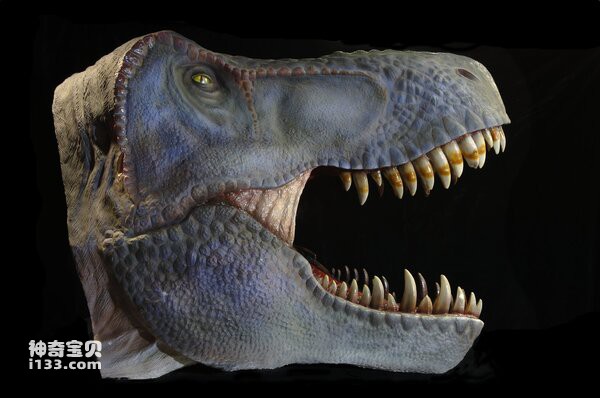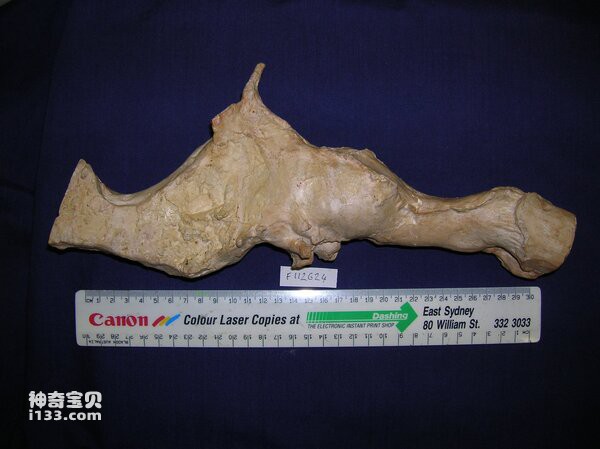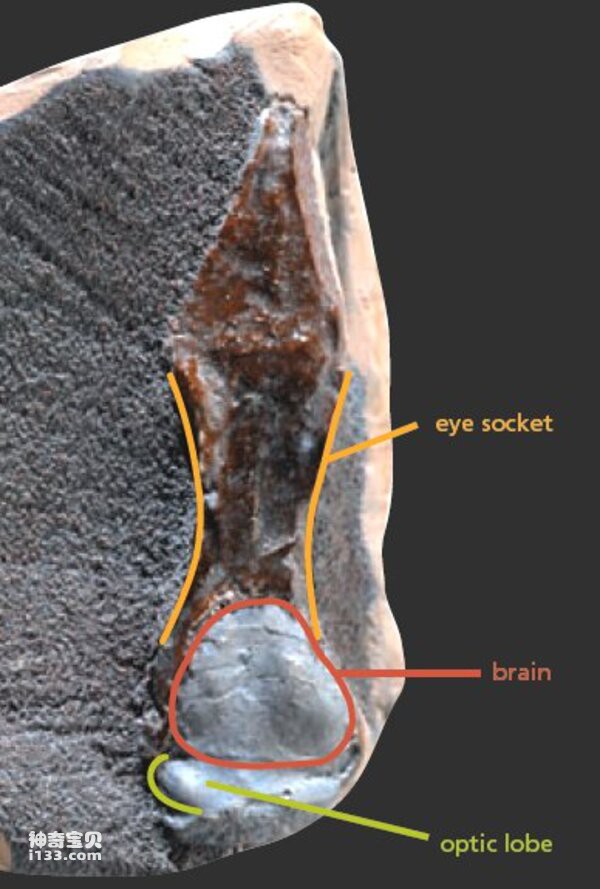Both herbivorous and carnivorous dinosaurs needed senses to find food. How to find delicious plants to eat while keeping an eye out for stalking predators? How do you find herbivorous prey when they are camouflaged or hiding? Which senses were most helpful to different species of dinosaurs?

Herbivore senses
Sight:
The eyes are on both sides of the head, allowing for a wide view of the surroundings
Vision may be colored as in birds and most living reptiles
Some people have enlarged olfactory lobes (the part of the brain responsible for smell), suggesting that smell is an important sense
The sense of smell is used to find plants or detect predators or possible mates
hearing:
Small herbivores may hear higher frequencies, which could be useful for determining the location of predators and warning signals for other dinosaurs
Large herbivores may hear lower frequencies, which are useful for long-distance communications
The appearance of the outer ear is similar to that of living birds and reptiles

Carnivore senses
Sight:
Some have relatively large, forward-facing eyes used to judge distance to prey
Vision may be colored as in birds and most living reptiles
smell:
Some people have enlarged olfactory lobes (the part of the brain responsible for smell), suggesting that smell is an important sense
The sense of smell is used to find prey and detect predators or possible mates
hearing:
The appearance of the outer ear is similar to that of living birds and reptiles
The structure and large size of the middle ear cavity suggest that some theropods hear low-frequency sounds, which are useful for detecting distant prey.

How does the vision of carnivorous dinosaurs differ from that of herbivorous dinosaurs?
Theropod dinosaurs generally have forward-looking eyes. This results in a relatively wide range of binocular vision in the front (where the eyes work together to produce a single image) and a narrow range of monocular vision in the sides. They may also have stereopsis, meaning their eyes are able to judge the precise distance to an object or prey (called depth perception).
Most plant-eating dinosaurs had eyes on the sides of their heads. This results in a wide range of monocular vision (where the eyes work independently to produce two separate images) and a very narrow range of binocular vision in the front.
animal tags: Dinosaur
We created this article in conjunction with AI technology, then made sure it was fact-checked and edited by a Animals Top editor.